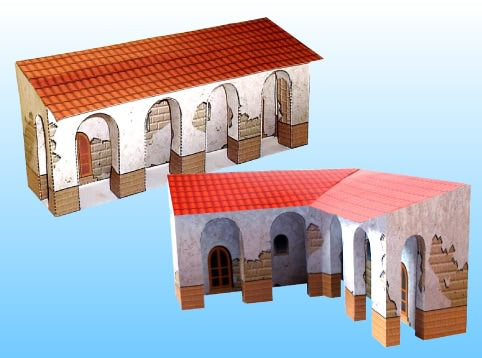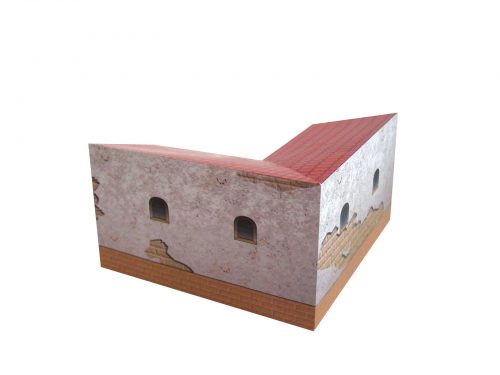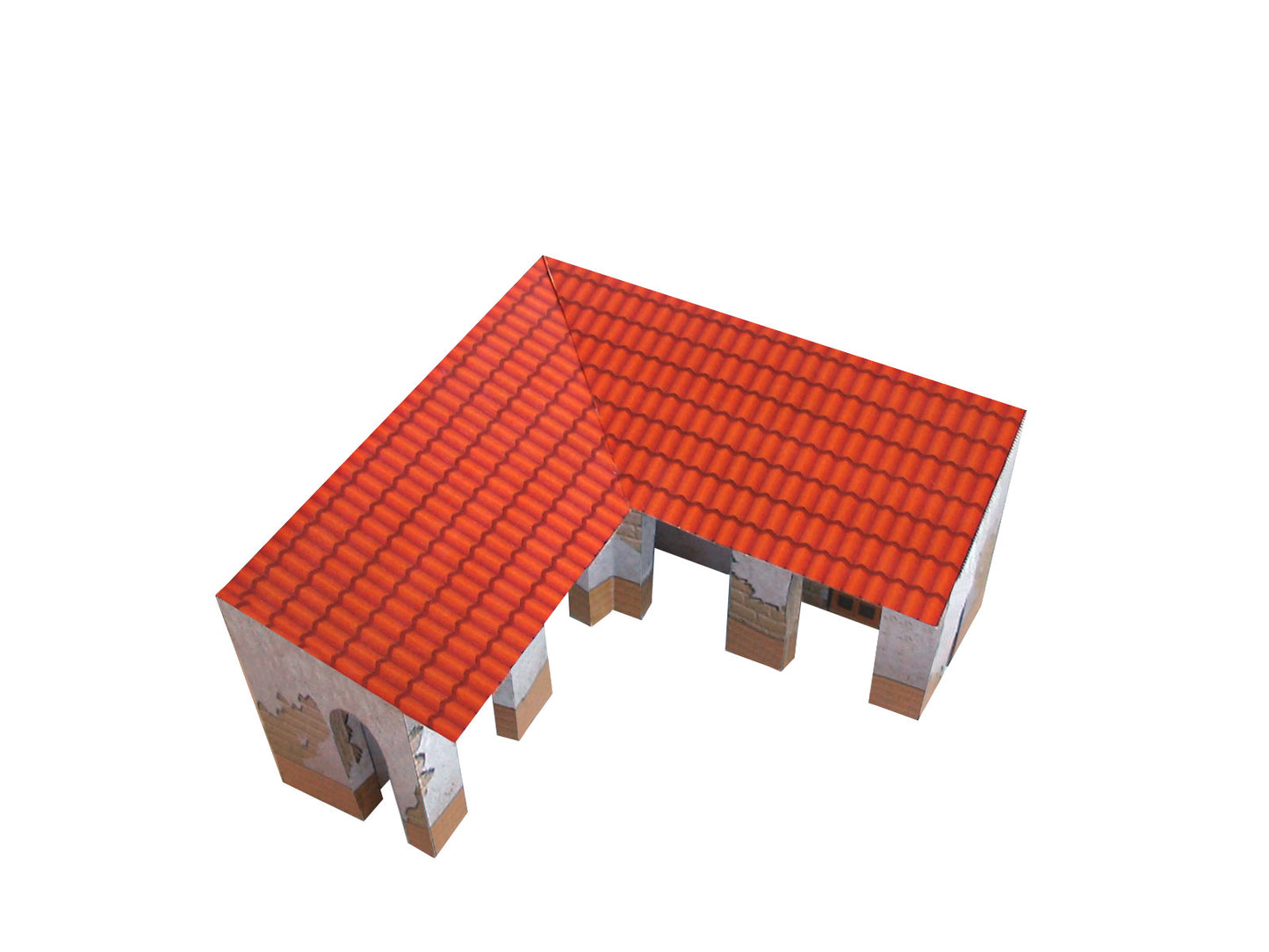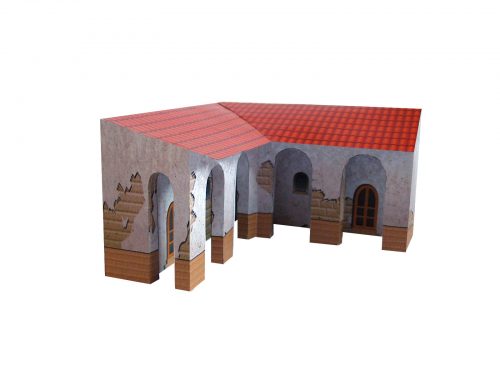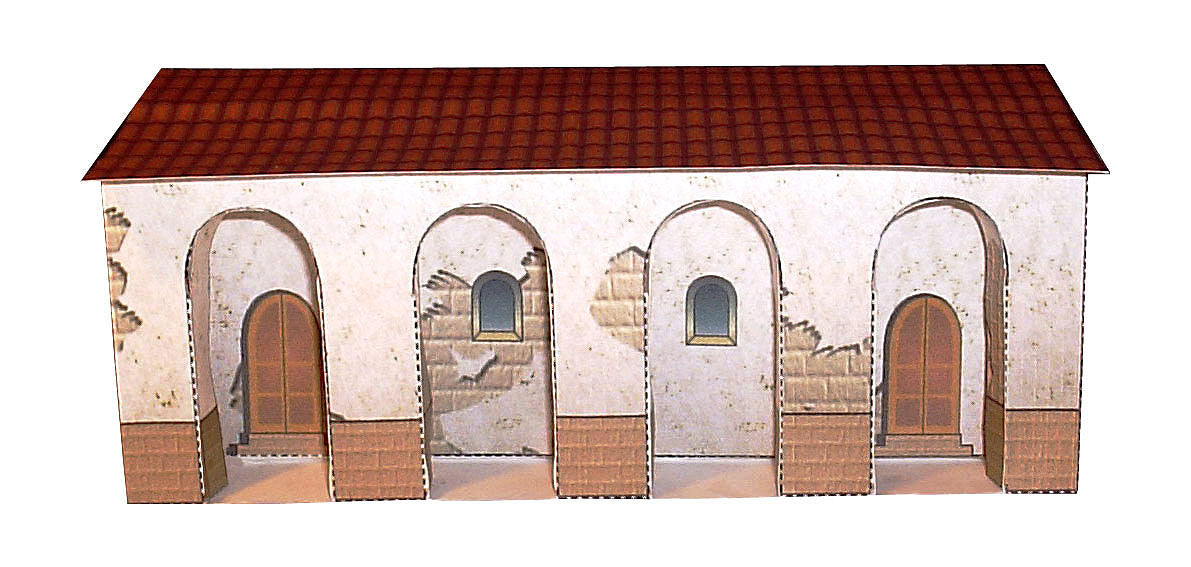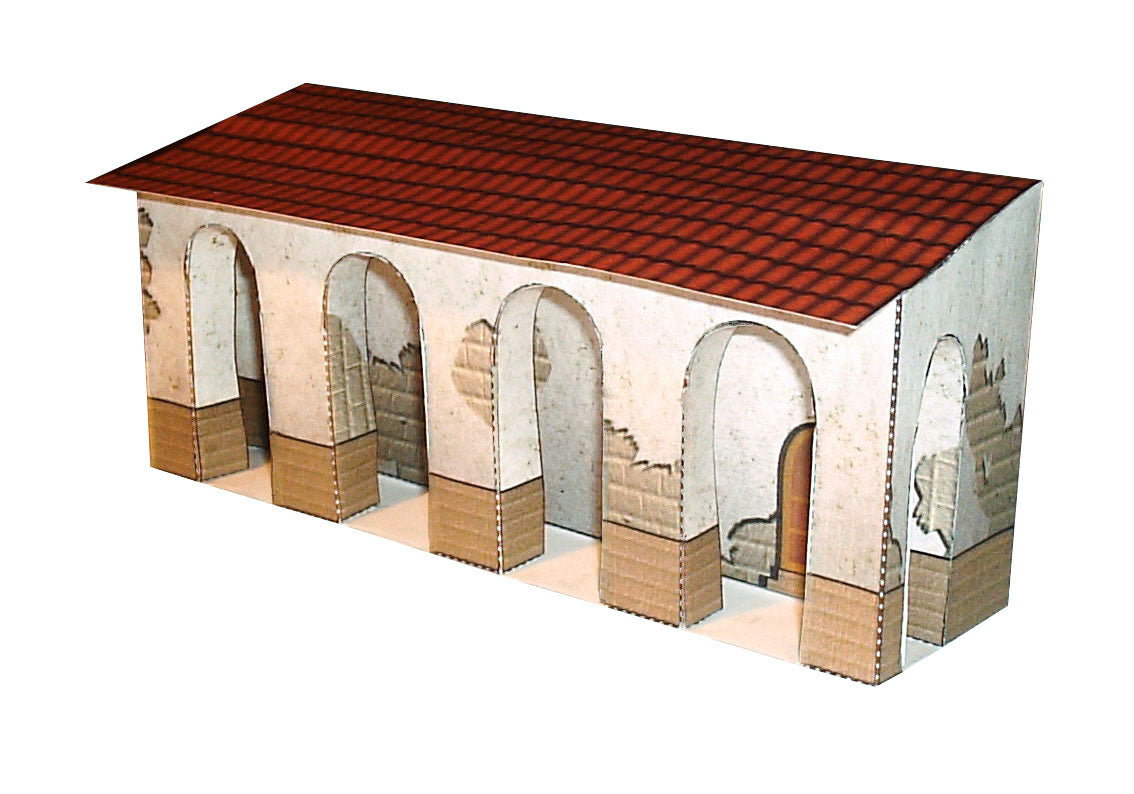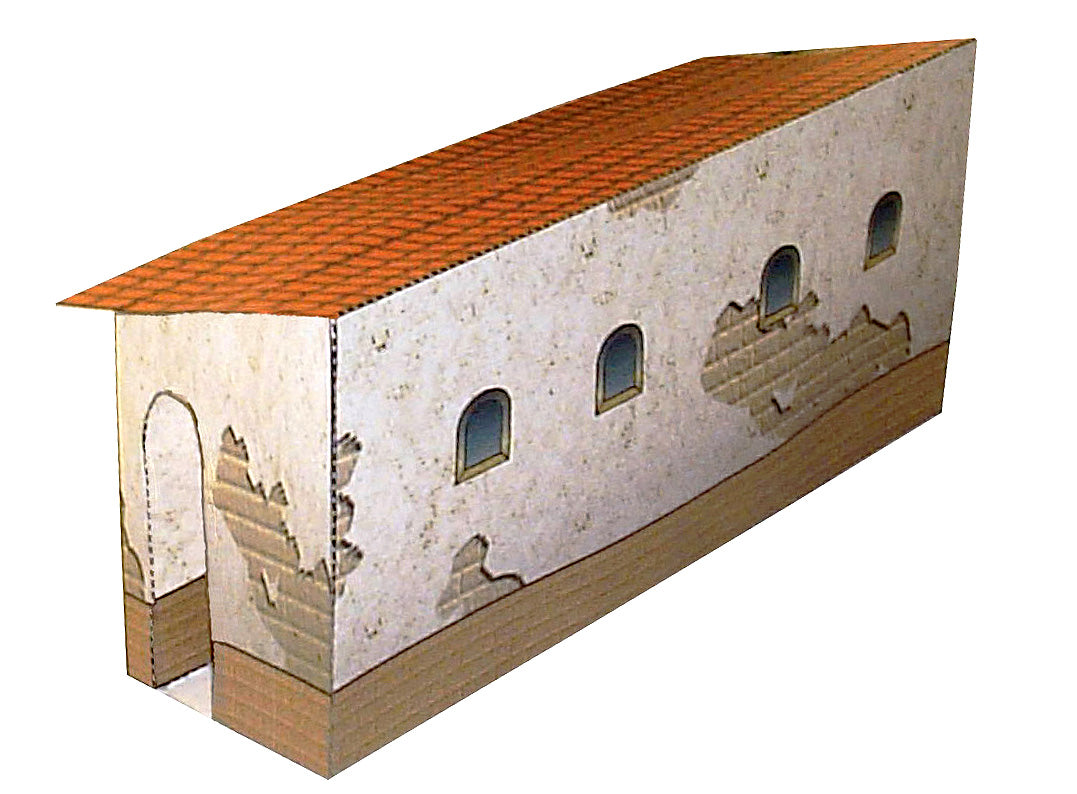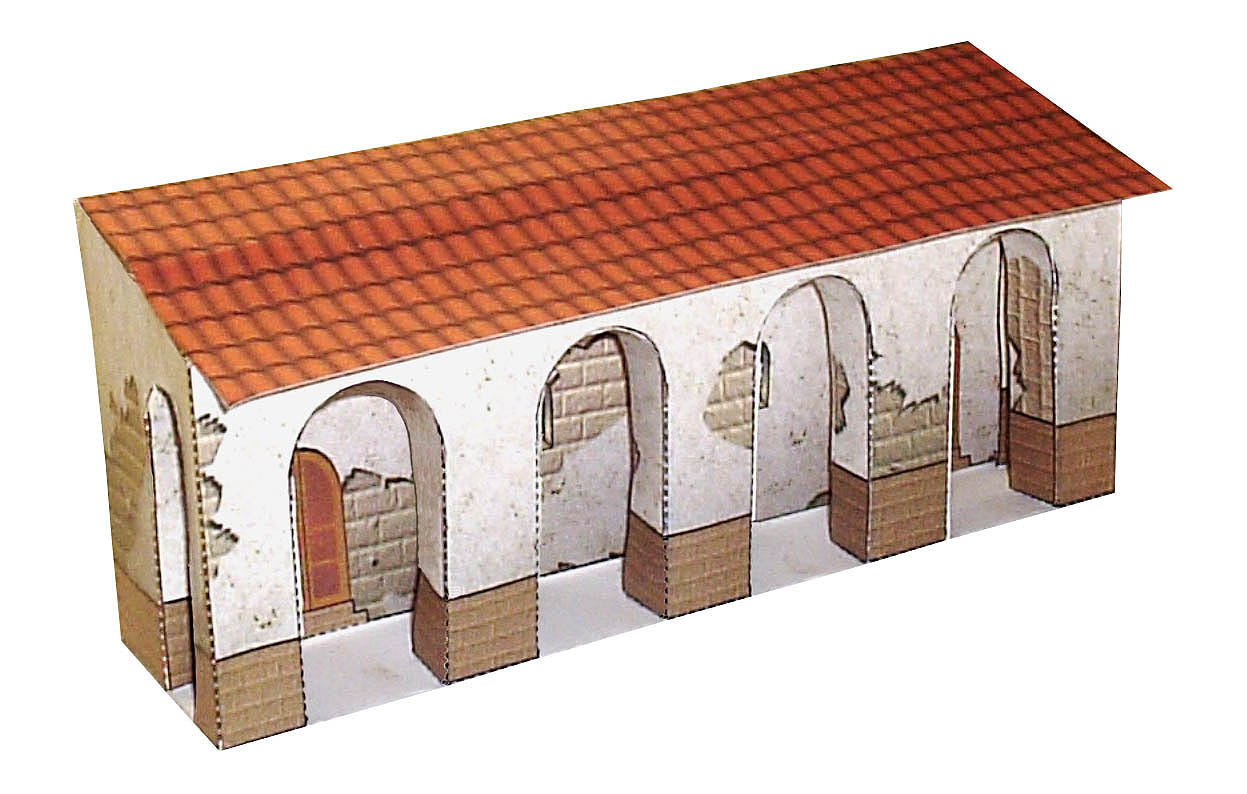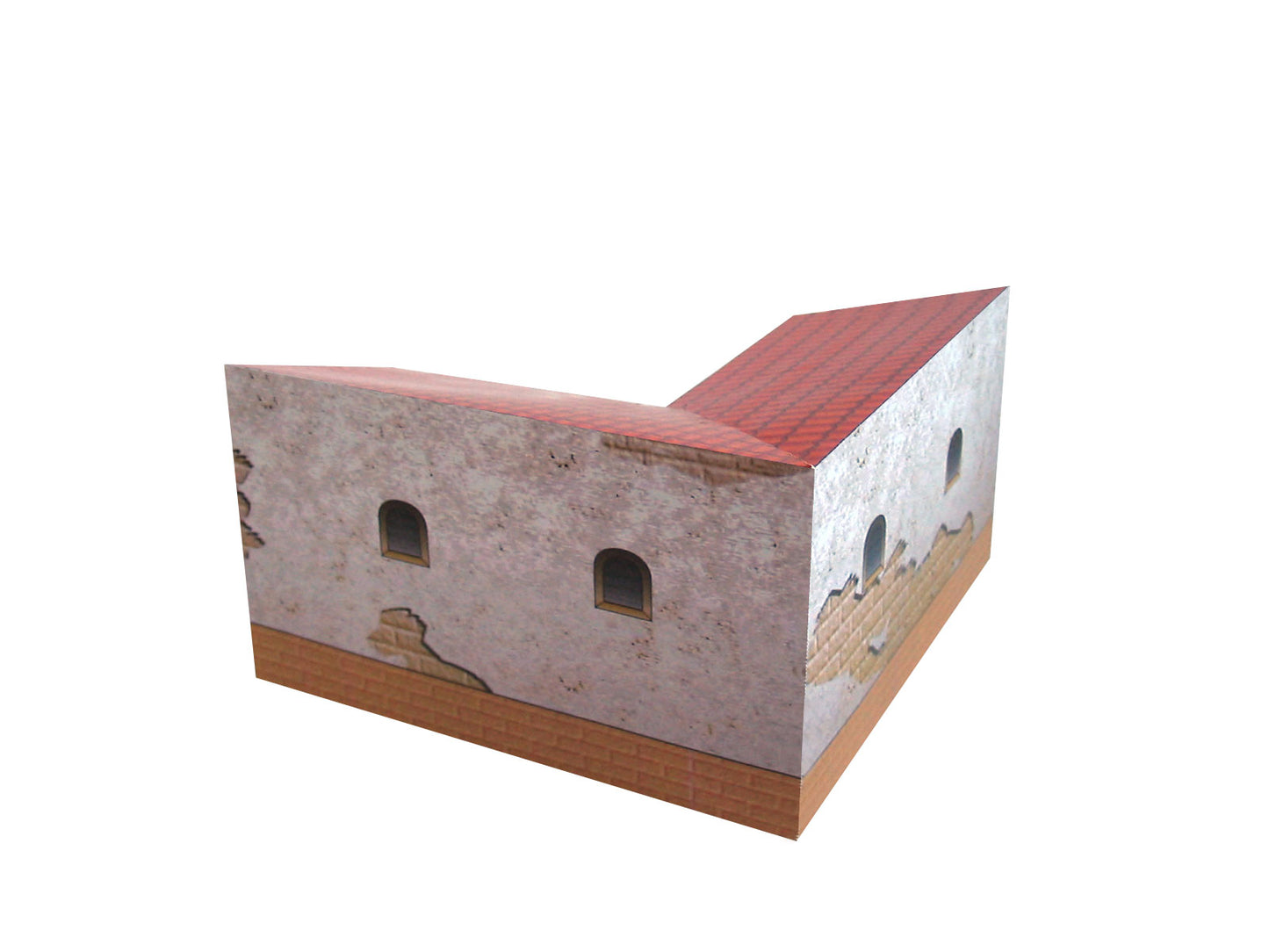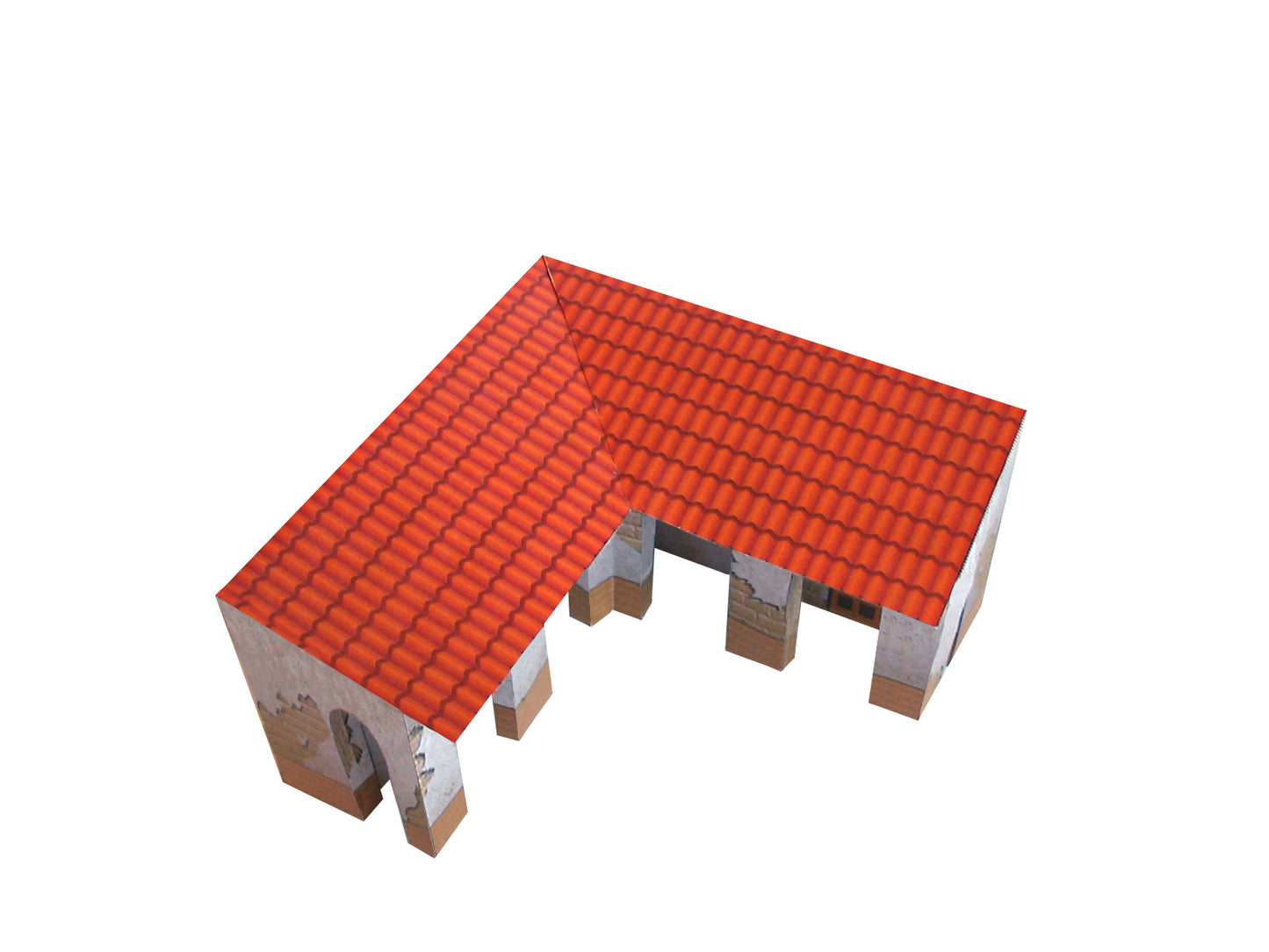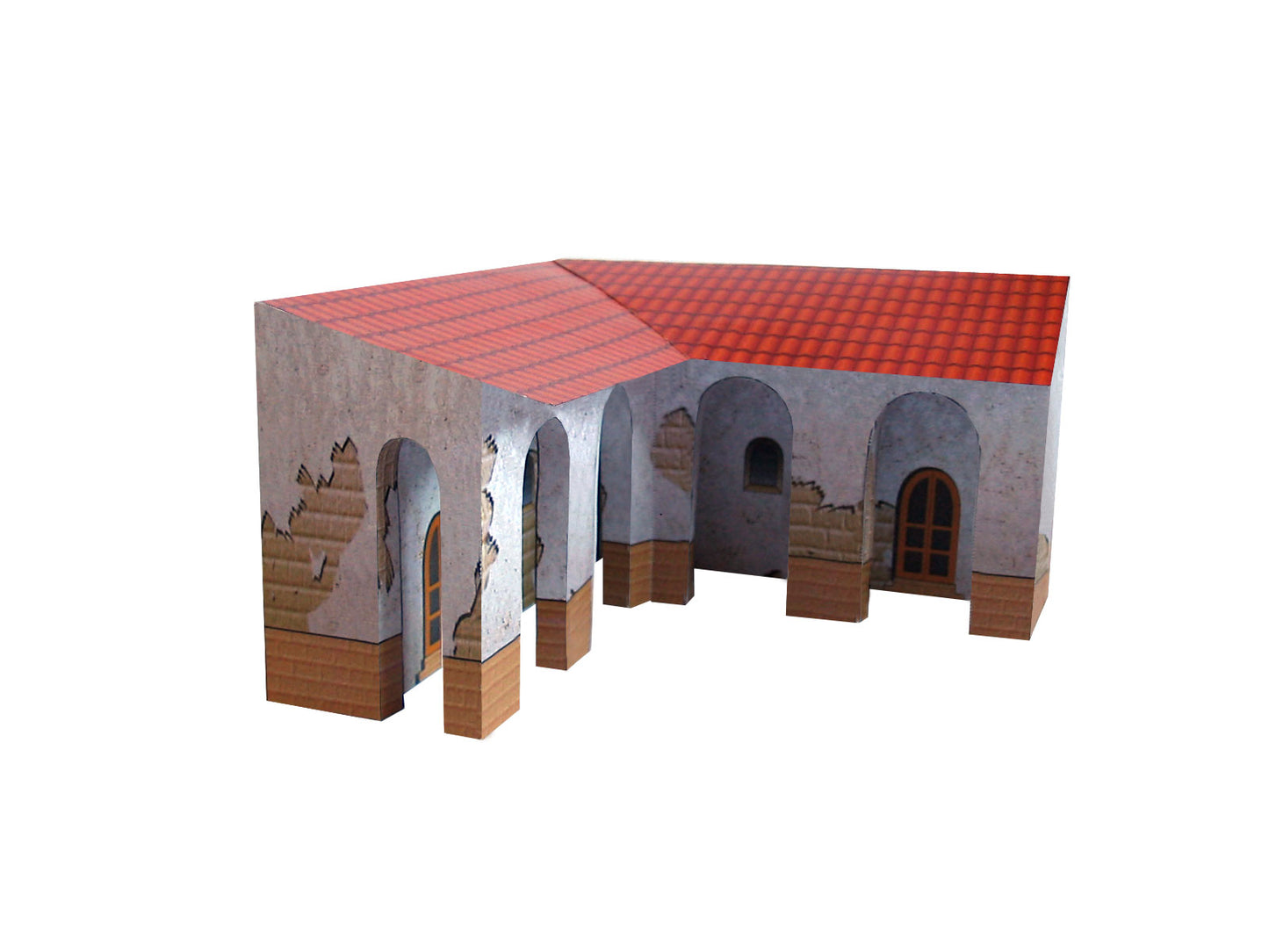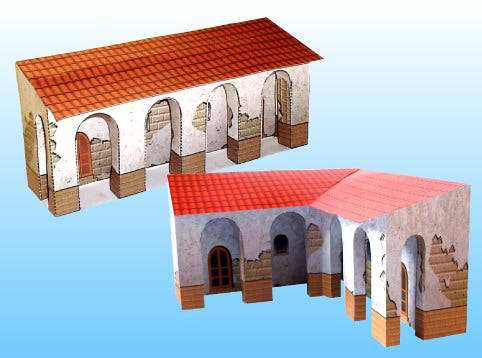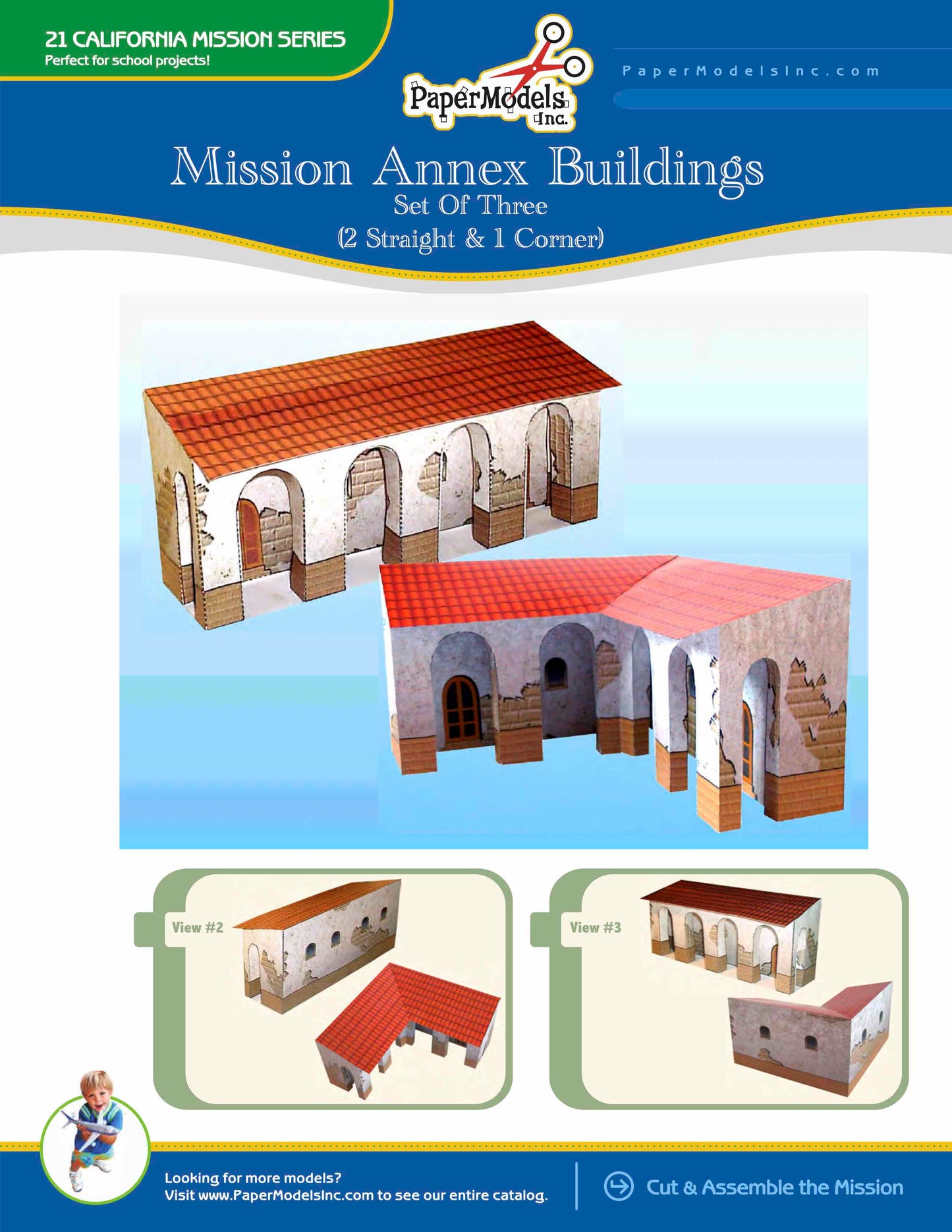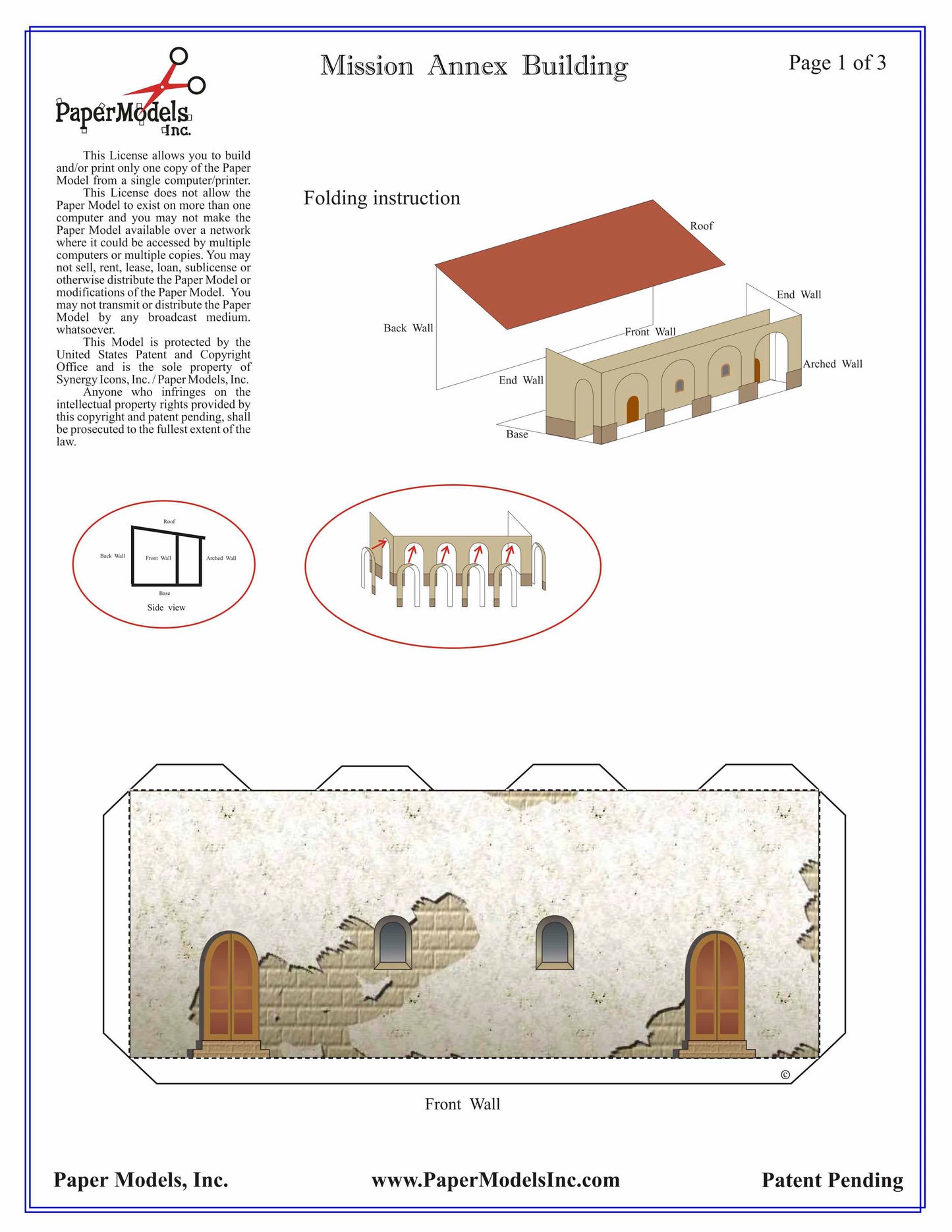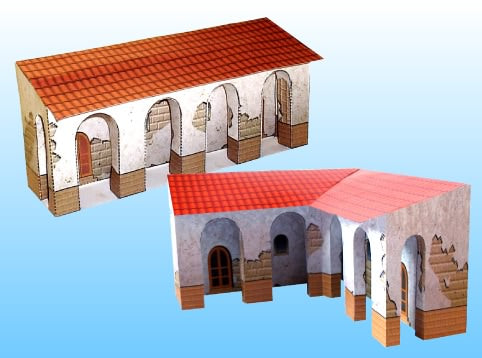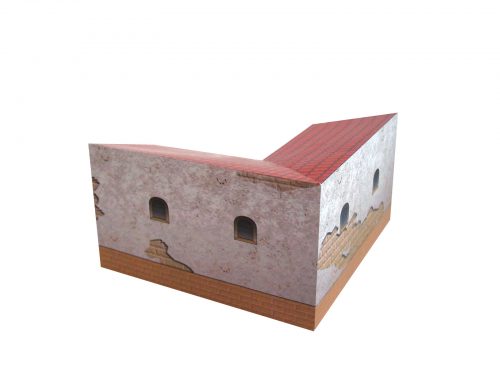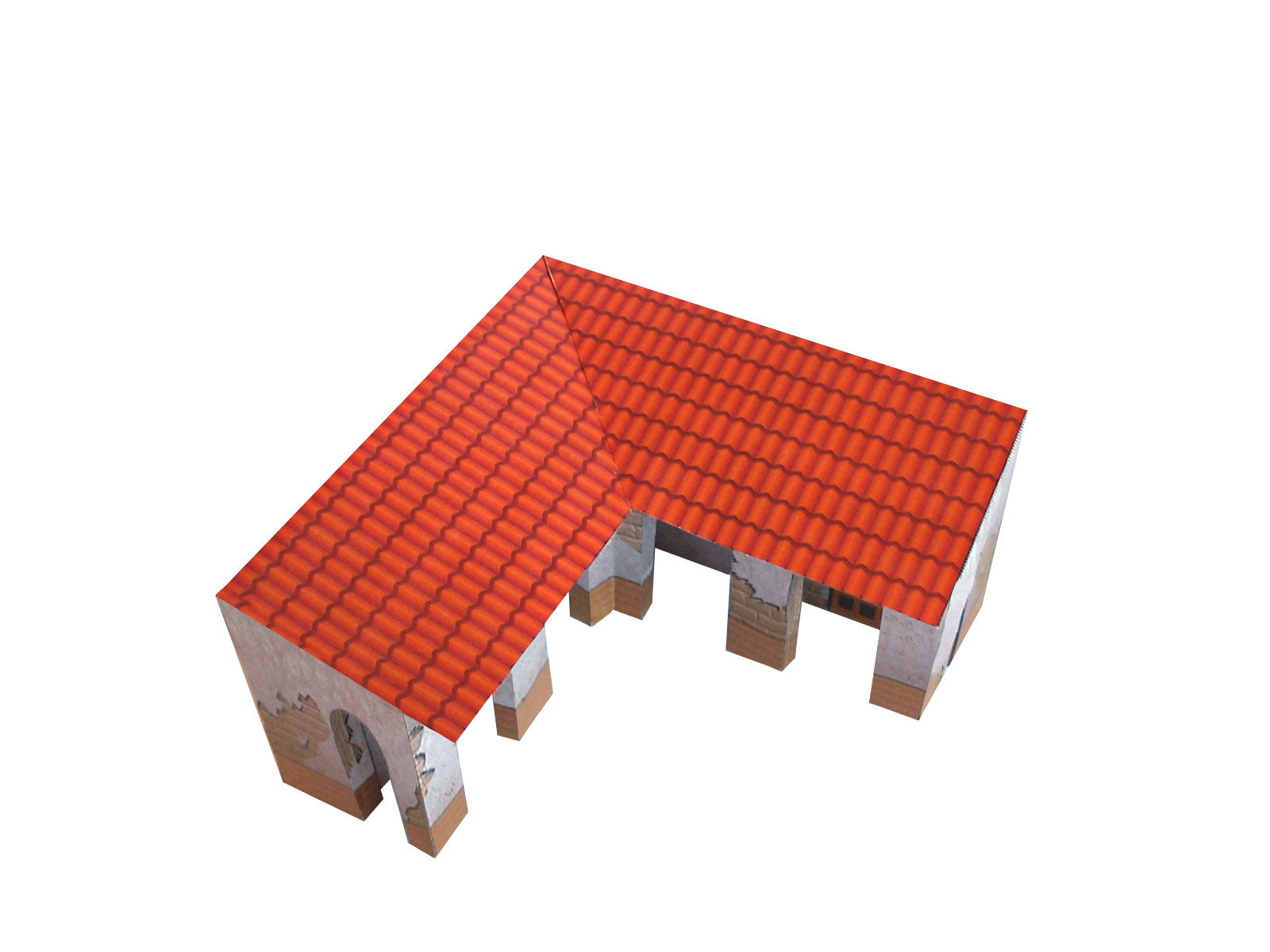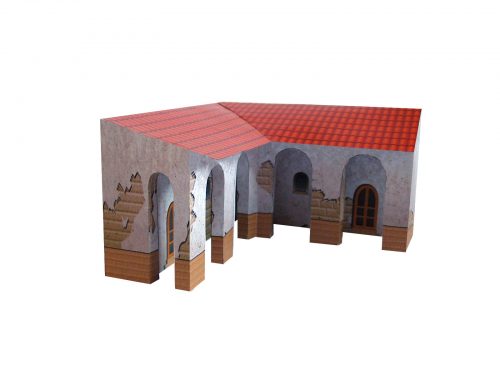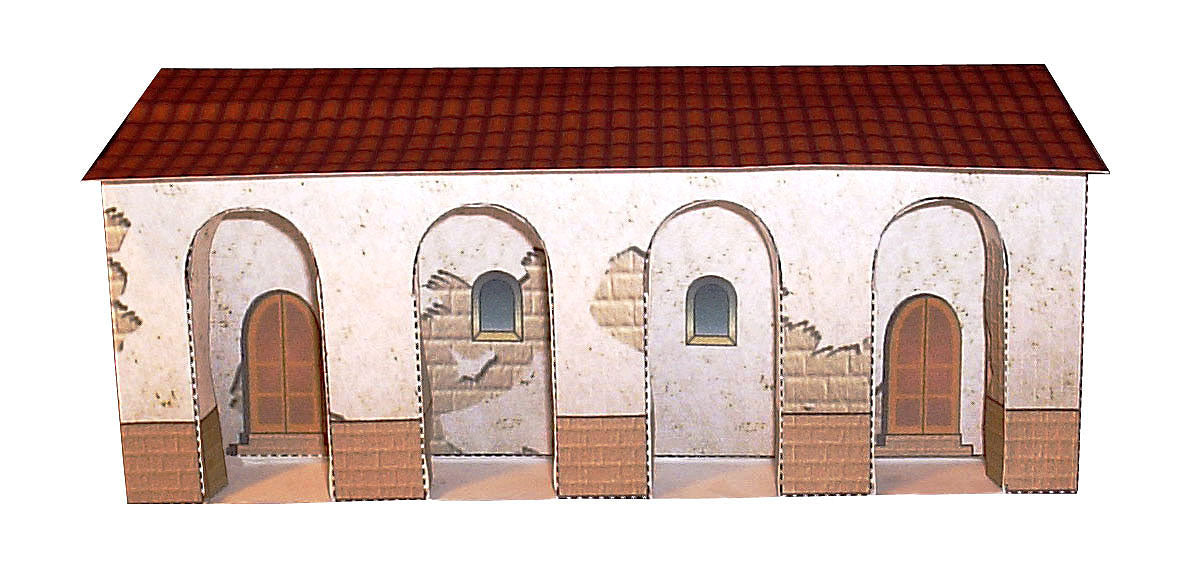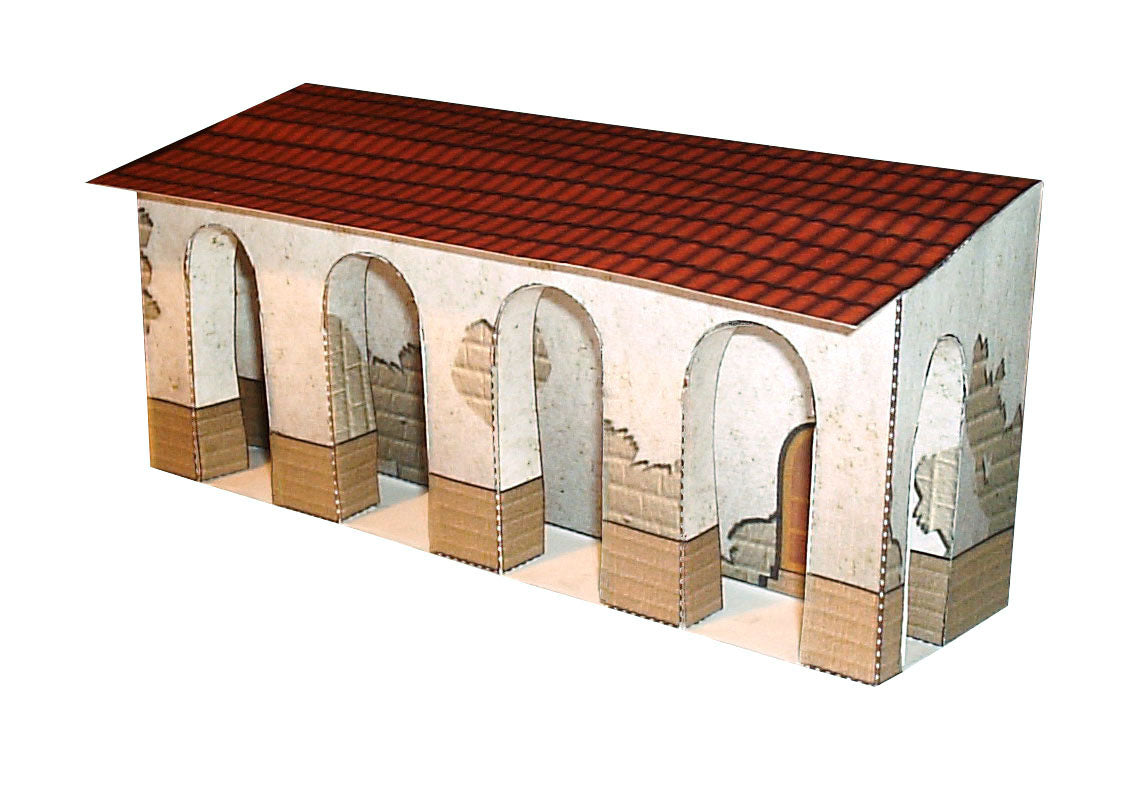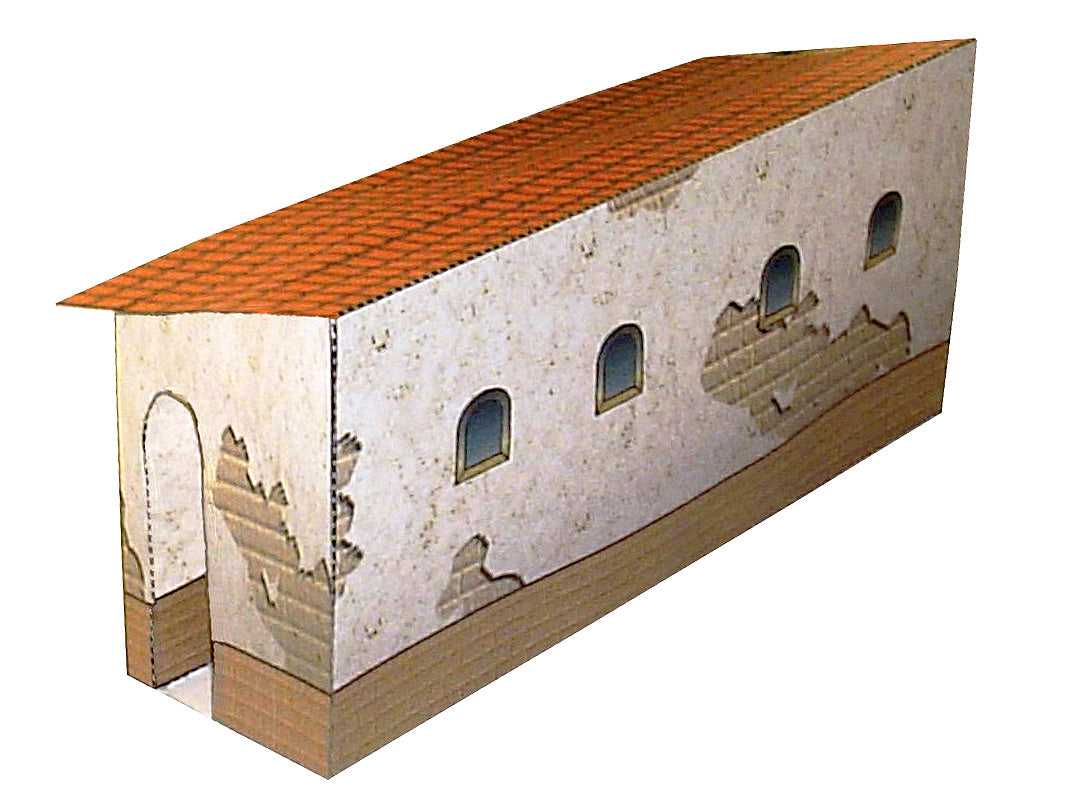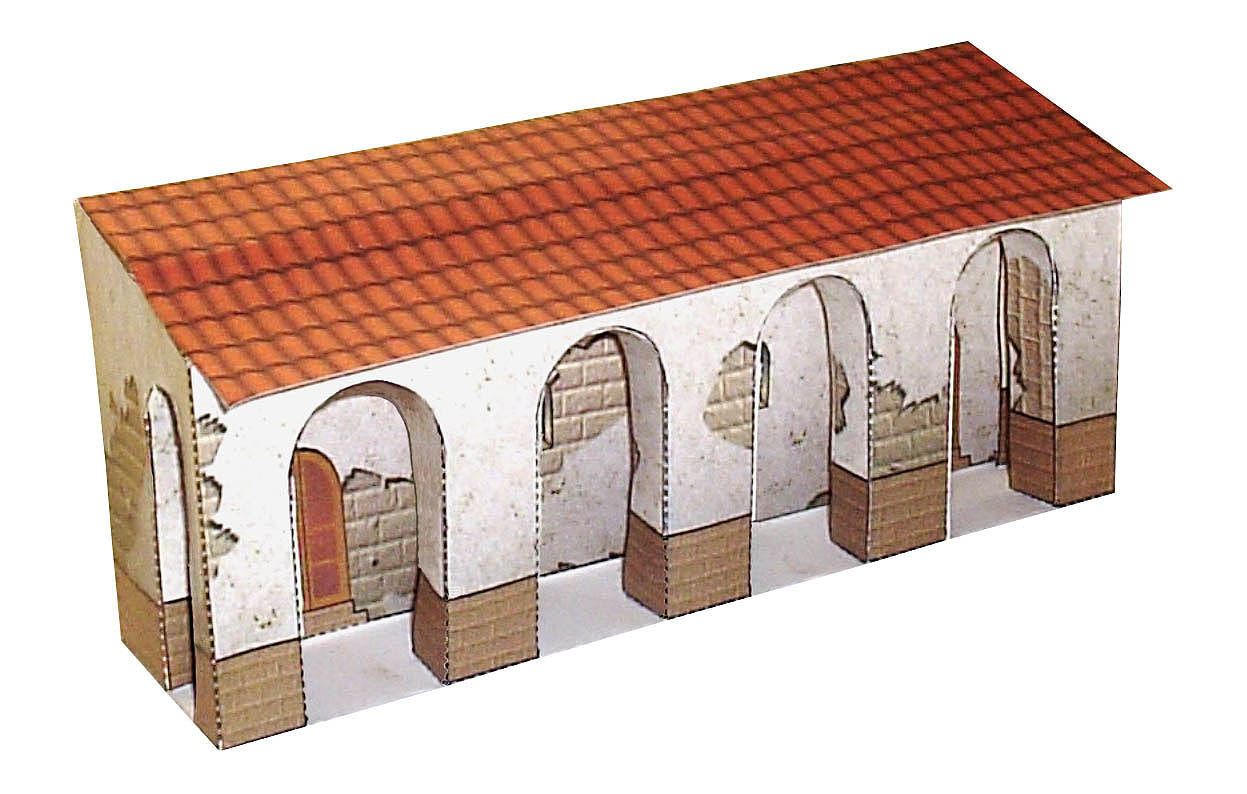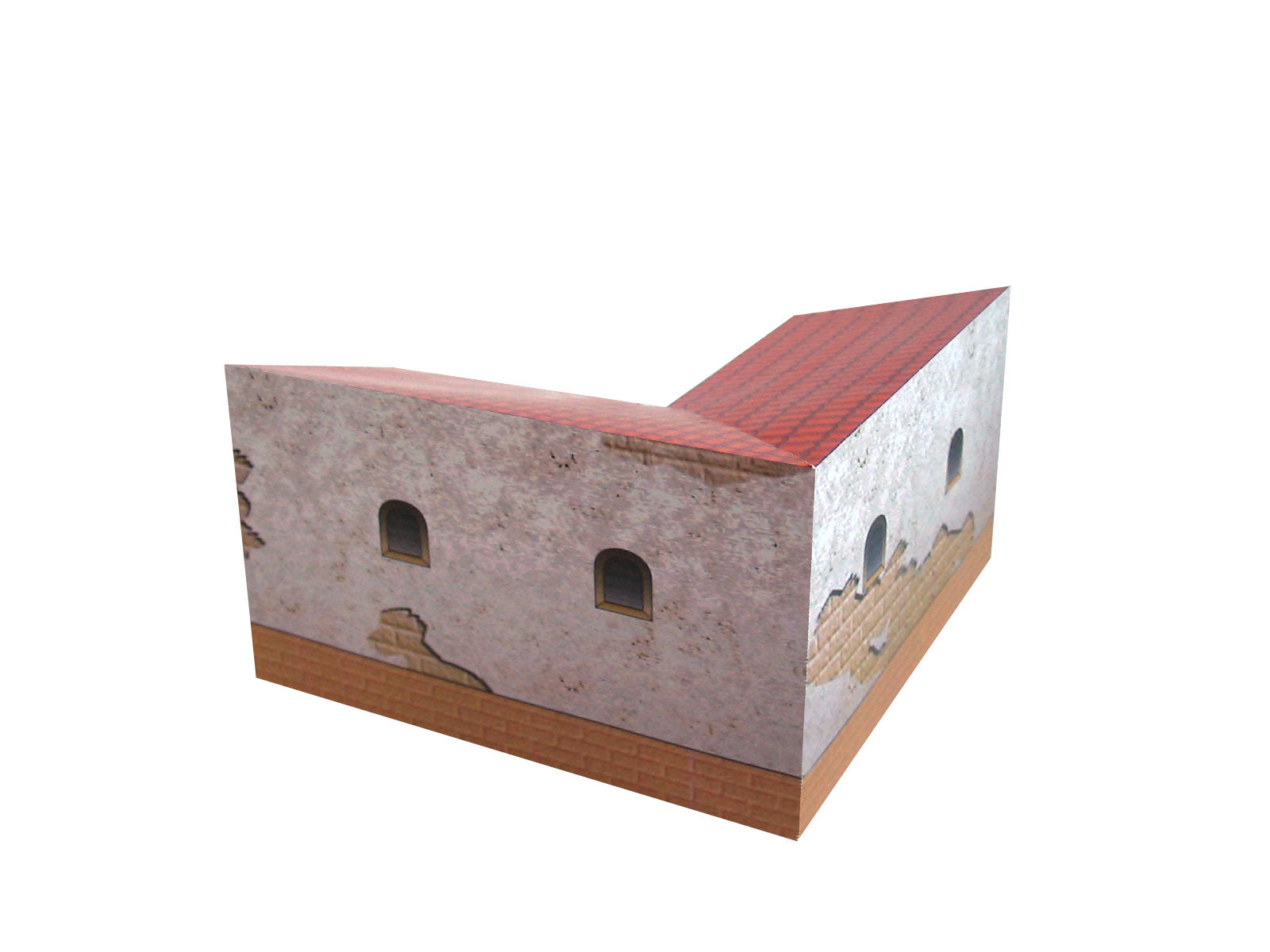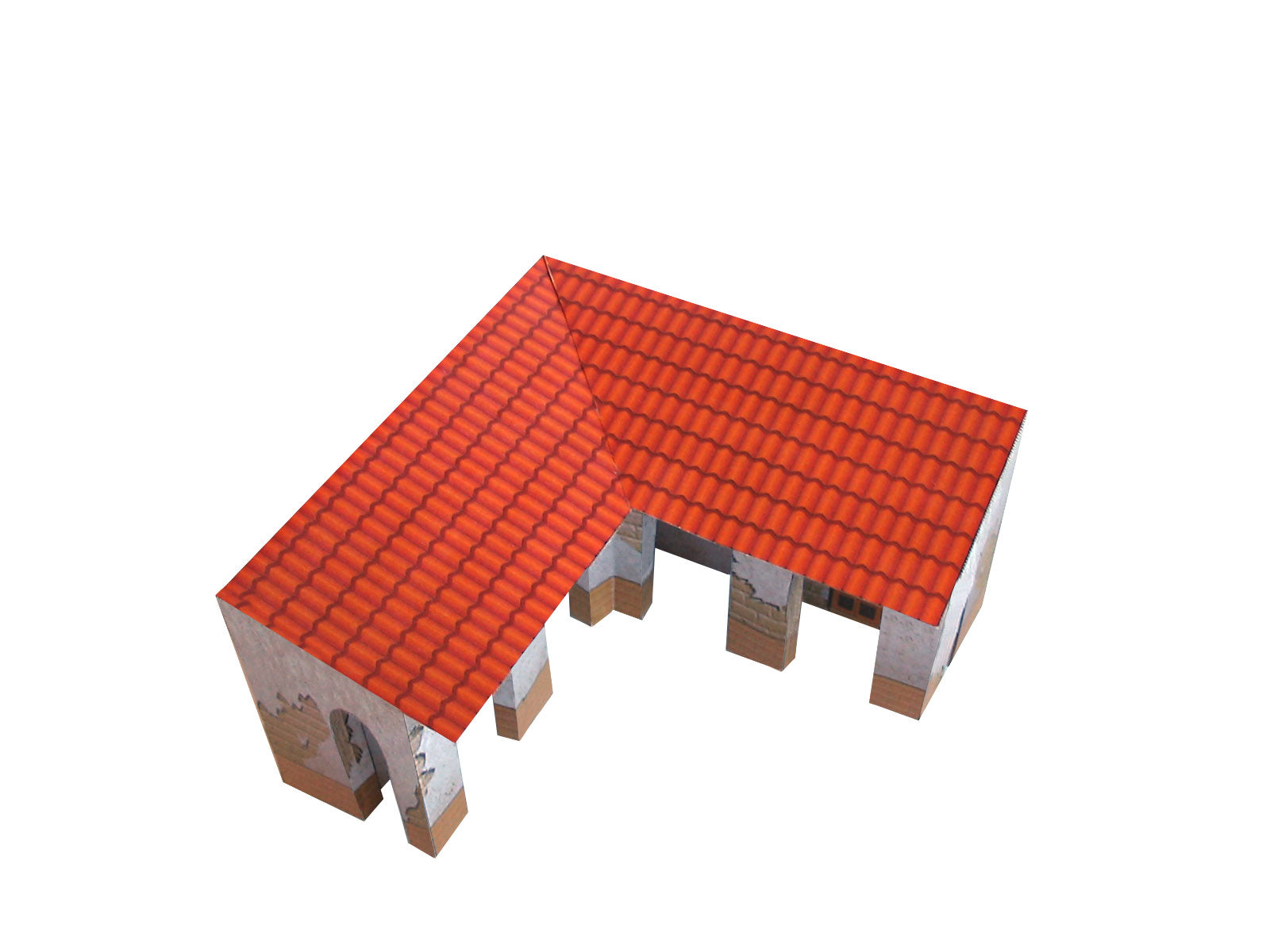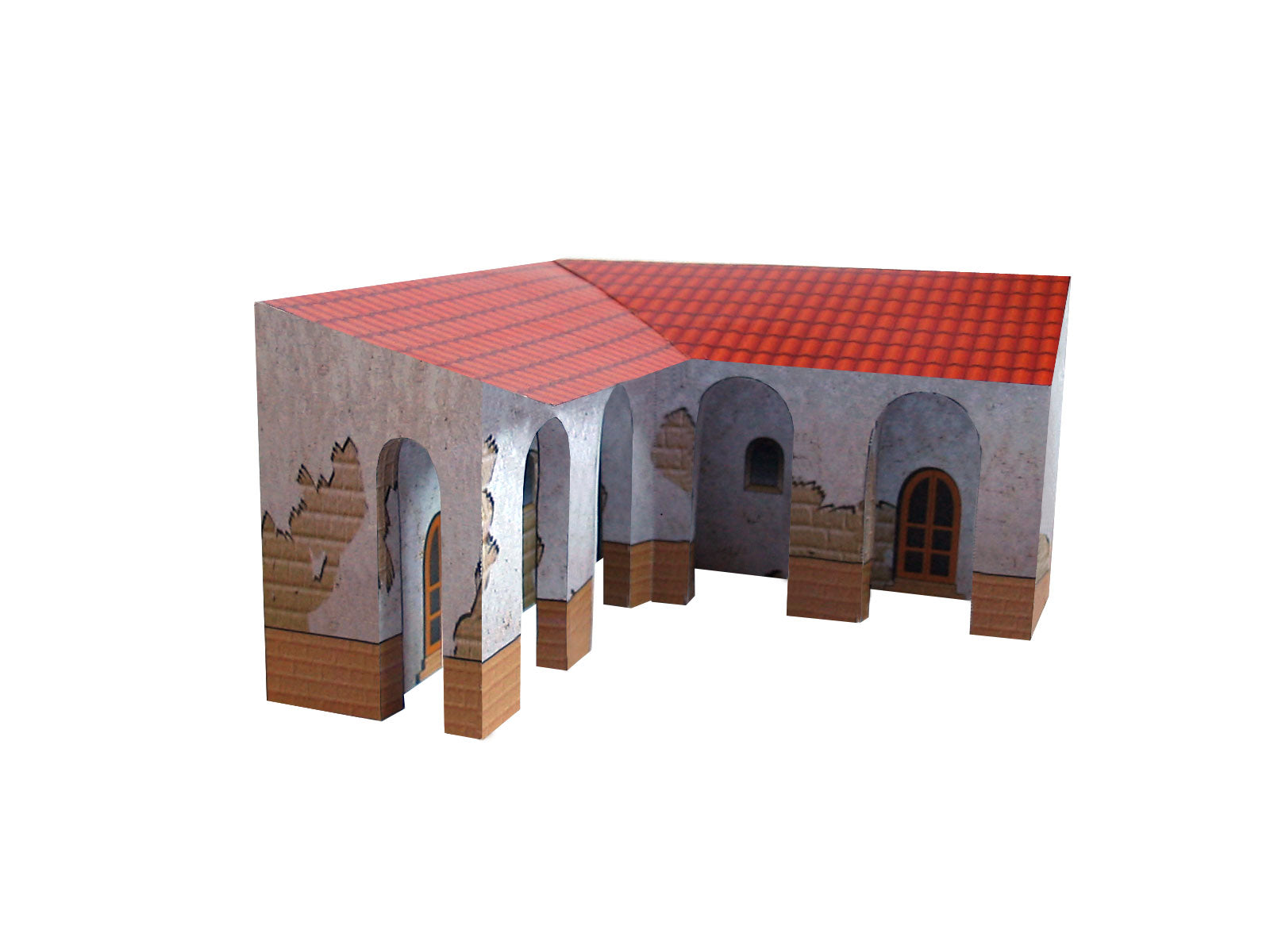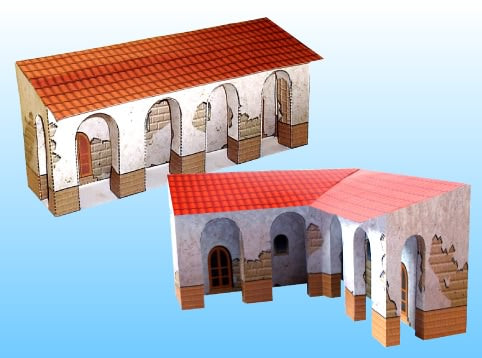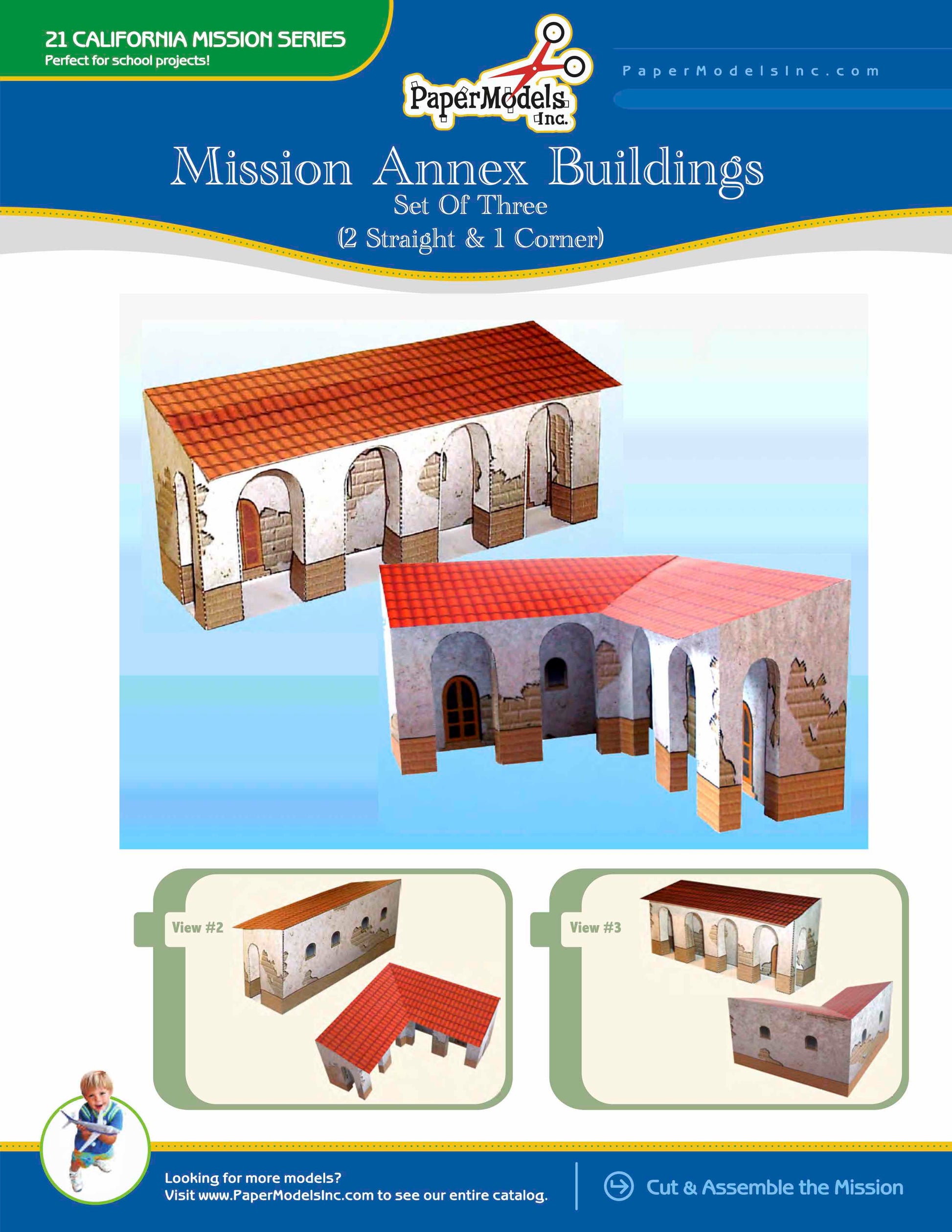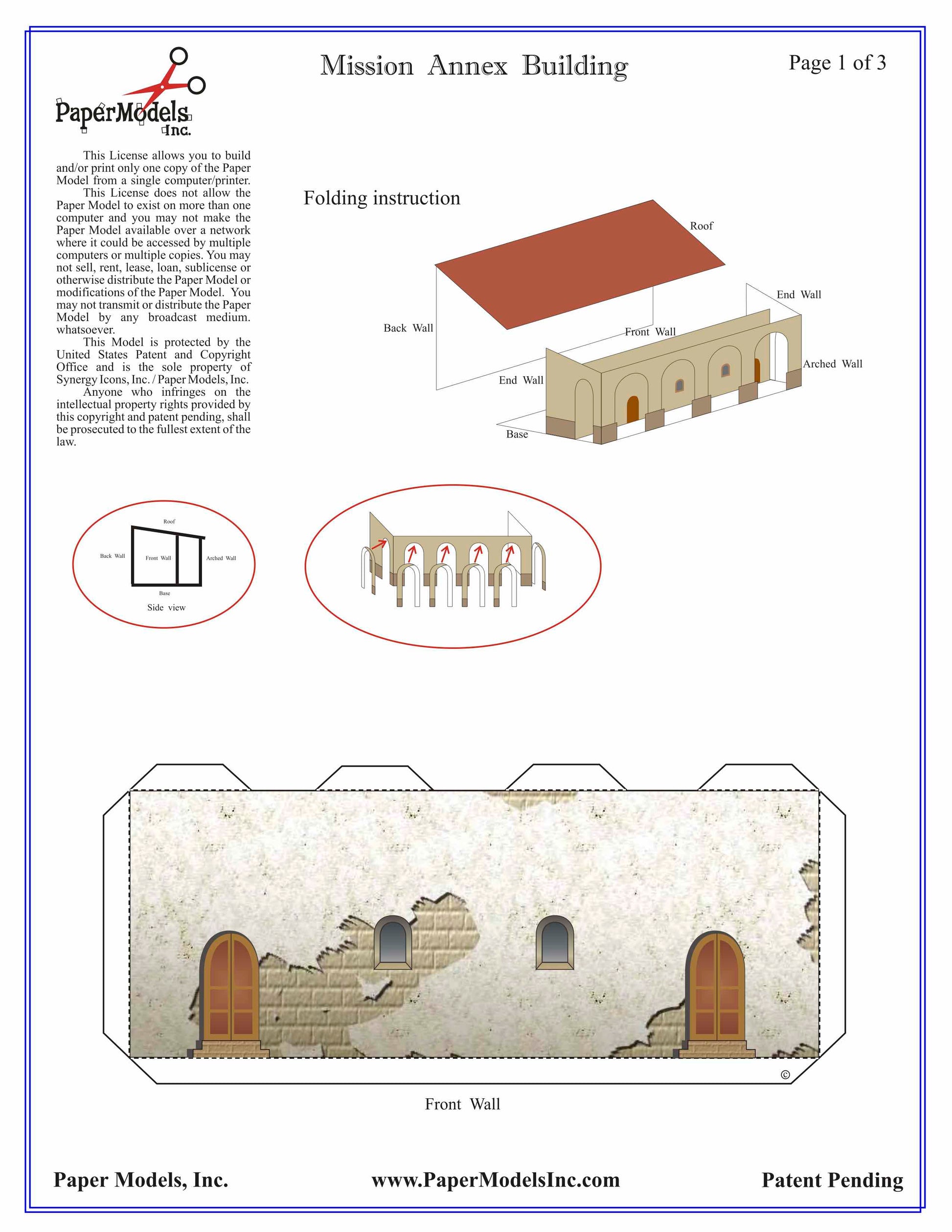California Mission Annex Buildings - Straight And Corner - Paper Model Kit
California Mission Annex Buildings - Straight And Corner - Paper Model Kit
Couldn't load pickup availability
🌟 Welcome to Paper Models Online – Your Shortcut to Academic Excellence! 🌟
Are you tired of stressing over last-minute school projects? Look no further! Paper Models Online is here to make your academic life a breeze.
🚀 Why Choose Us?
At Paper Models Online, we understand the pressure of looming deadlines and the desire for that coveted "A" grade. That's why we've crafted the perfect solution for you! Whether you're a student aiming for extra credit, a parent looking for quality time with your kids, or just someone in need of a break from the chaos, our paper models are your ticket to success!
💻 Instant PDF Download OR Pre-Printed & Shipped
You're in control! Choose from our instant PDF download, starting at just $9.95 for the 7"x10" size or $11.95 for the 10"x13" size.
Print it on your home or office printer using regular paper, or opt for the hassle-free pre-printed option. We'll ship it directly to your doorstep for a flat $5 fee via USPS First-Class Parcel, ensuring you get it in 1-3 days!
✂️ Easy Assembly, Maximum Impact
With just a pair of scissors, some glue, and an hour of your time, you can turn these paper sheets into stunning three-dimensional architectural replicas or complete science projects. The images on our website are real models made from our kits, and we even provide a history to help you craft an impressive report.
🎨 Unleash Your Creativity
Not into mission kits? No worries! Our models double as templates for your creative genius. Paint, trace, adjust sizes—your imagination is the only limit! Create a custom masterpiece that reflects your unique style and personality.
🛒 The Buying Process Made Simple
- Choose Your Size: 7"x10" or 10"x13"
- Choose Your Delivery: Instant PDF download or pre-printed and shipped
- Purchase Your Model: It's that easy!

📦 Typical Kit Sample
Each kit includes 8 to 18 pages, providing everything you need to bring the model to life. An "exploded view" guides you through assembly, and a complimentary history adds that extra touch for your report. Impress your teacher not just with creativity but also with your research skills!
Don't let deadlines stress you out. Choose Paper Models Online for your next school project, and let us be Your Best Way To Get An "A"! 🌟
 |
 |
 |
| Exploded View | Sample Pieces | Finished Model |
Free History For Your Report
History Of The California Missions
The Spanish California Missions are a series of twenty-one religious settlements founded in Spanish/Alta California between 1769 and 1823. Originally governed by Father Junipero Serra (1713-1784), the missions were the first European attempts to colonize the Pacific Coast of the New World, and evangelize the Roman Catholic faith among the Native Americans of the region. The missions along the coast, which became known as “The Mission Trail,” were placed approximately thirty miles apart from one another, to be accessible via a three-day walk or a one-day horse ride. In addition to European Catholics, the presence of the missions also introduced European fruits, vegetables, and livestock into the California climate. While the original intention of the missions was to spread religion, several short-and long-term effects proved to be negative to Native American tribes to which the Europeans evangelized, and included slavery and the abandonment of native culture to those who were drawn to the missions.
The idea for the missions began shortly after the adventures of Christopher Columbus, during which time Europe’s Kingdom of Spain sought to evangelize the people of “New Spain,” which included lands that are known today as Mexico, the Caribbean, and California. Evangelism, and the goal of gaining a vested control on the New World, became a top priority. To this extent, the “pagans” (Native Americans) of California were needed to become good Catholics, tax-paying citizens, and laborers. Besides studying Christianity, the Natives were also taught to learn the Spanish language and customs, along with labor, or vocational, skills. In 1768, one of Spain’s governing new officers in the New World, General Jose de Galvez, was ordered to “Occupy and fortify San Diego and Monterrey for God and the Kingdom of Spain.” To that end, Galvez charged Father Juniperro Serra and Governor Gaspar de Portola to create missions in these two settlements. As the missions expanded, it was the original goal for each mission to become fully independent and self-governing, to be turned over to a specific clergy, and to have all of its land distributed evenly to its Native population no more than ten years after its founding. This idea never fully worked, however, and its probable failure was determined by Father Serra when he contacted Spain, noting that the Natives would take a longer period (and the missions would need more financial support from Spain) to adjust to the new industrious and Catholic lifestyles.
This financial support continued to assist the missions, and the system was working on a confident, albeit longer-range plan. However, the financial aid and attention paid to the mission settlements was disrupted in 1810, during the Spain’s war with Mexico in the Mexican War of Independence. With concentrations going towards the war, the missions were left to their own devices, which proved to be inadequate for continued survival and evangelism. The war ended in 1821 with Mexico as the victor, and little attention was paid to the missions by the new government for over a decade. During this time, the missions struggled but survived. Later on, it became the increasing desire of the citizens of California to secularize, or deconstruct, the missions. Alta California Governor Jose Maria de Echeandia issued a proclamation on July 25, 1826, allowing all Natives of the mission system who wished to be freed were able to do so – and become Mexican citizens. Also during this time, the new government continued to colonize Baja and Alta California, and was able to finance the doings by the sale of many of the missions to private land owners. The first mission to fall to the secularization attempts was Mission San Juan Capistrano in 1834, and all others quickly followed in a brief two-year time period, finally ending with Mission San Francisco de Asis. There were, however, a small population of Natives who did not wish to be freed into the Mexican government; these populations were allowed to live together in “Indian towns,” as a few missions were allowed to be converted, partially, into secular “pueblos”. The largest of these pueblos and towns was in San Juan Capistrano, the very same location where the onslaught of secularization first started. This ended shortly after when Alta Governor Pio de Jesus Pico IV sold all of the mission property, except for a church.
Today, the missions remain intact, with varying levels of decay at each. Special attention was given to their historical significance, if for nothing else than preservation, when California was transferred to the Government of The United States of America. The missions continue to fuel conversation, interest, and controversy today – partially because of their preservation, partially because of their impact (for better or worse) on Spanish, Mexican, and California history. Visits may be made to all of the missions, and each one is designated as a California Historical Landmark. Four of them, Mission San Francisco de Asis in San Francisco; Mission San Carlos Borromeo del Rio Carmelo in Carmel; Mission San Juan Capistrano; and Mission San Diego de Alcala are designated as Minor Basilicas by the Holy See for their instrumental part in religious history of the Roman Catholic faith.
© Copyright – Paper Models, Inc. – All Rights Reserved
Share
